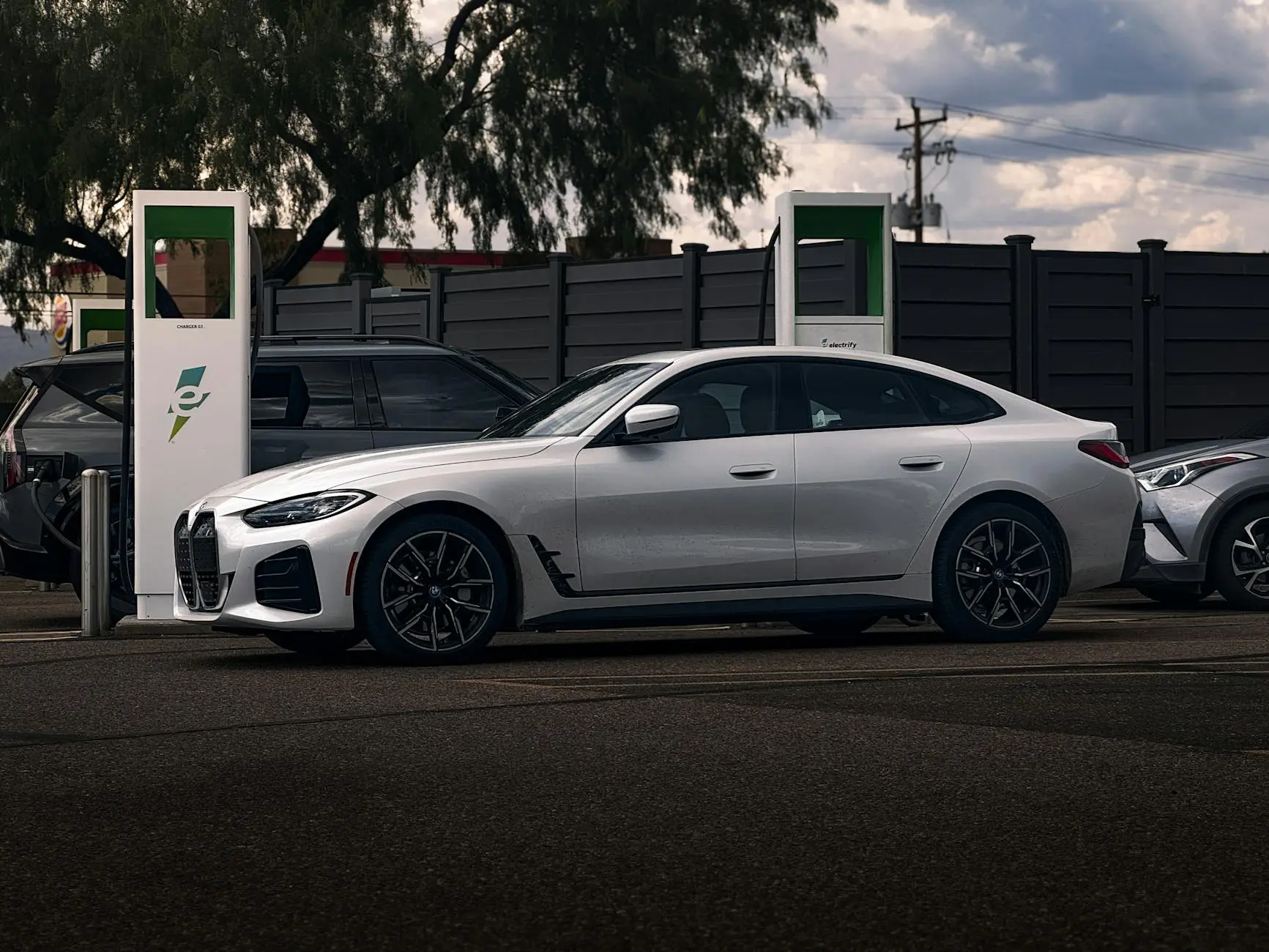How to Choose the Best Car Insurance Policy for Young Drivers
Navigating the world of car insurance as a young driver can be challenging. With higher premiums due to age and inexperience, finding the right policy requires careful consideration and knowledge of what to look for. This guide will interleave insights and tips on securing the best car insurance policy for young drivers, focusing on quality and value rather than just price alone.
Understanding the Needs of Young Drivers
Young drivers, typically those under 25, often face higher insurance premiums due to statistical probabilities associated with inexperience and a higher likelihood of accidents. However, with the right approach, young drivers can find policies that are both affordable and comprehensive.
Key Considerations for Young Drivers
- Safety Features of the Vehicle
- Investing in a car with modern safety features can significantly reduce insurance costs. Vehicles equipped with airbags, anti-lock brakes, and electronic stability control are seen as less risky, thus often cost less to insure.
- Type of Coverage Needed
- Understanding the difference between types of coverage—such as liability, collision, and comprehensive—is crucial. Young drivers may not need full coverage depending on their vehicle’s age and value.
- Driving Habits
- Analyzing driving habits, such as the average distance driven annually, can help determine the necessity and extent of specific coverages.
- Discounts and Incentive Programs
- Many insurance companies offer discounts for young drivers who complete driver’s education courses or maintain good grades.
Finding the Best Insurance Policy
Step 1: Comparison Shopping
One of the most effective ways to find a suitable car insurance policy is to shop around. Use online comparison tools to evaluate different insurers and the policies they offer. Look for services that allow side-by-side comparisons of coverage options, premiums, deductibles, and reviews.
Step 2: Evaluating Coverage Options
- Liability Insurance: Mandatory in most states, covering damages to others in an accident you cause.
- Collision Coverage: Pays for damages to your vehicle in a collision irrespective of who is at fault.
- Comprehensive Coverage: Covers non-collision-related incidents such as theft, vandalism, or natural disasters.
- Uninsured/Underinsured Motorist Coverage: Protects you if involved in an accident with a driver who doesn’t carry adequate insurance.
Step 3: Seeking Discounts
Ask about possible discounts such as:
- Good Student Discount: Many providers offer reductions for students maintaining a B average or higher.
- Completion of Defensive Driving Courses: These can provide young drivers with essential skills needed to reduce accident risk.
- Bundling with Other Insurance Products: Sometimes bundling auto insurance with renters or home insurance can yield savings.
Step 4: Understanding Telematics and Usage-Based Insurance
Telematics involves technology used by insurers to monitor driving habits via a mobile app or a device installed in the car. Good driving behaviors can lead to significant premium reductions. Programs like Progressive’s Snapshot or State Farm’s Drive Safe & Save reward safe driving.
Step 5: Considering Deductibles and Out-of-Pocket Expenses
Choosing a higher deductible can lower your monthly premium, which might be practical for responsible young drivers with emergency funds saved up. However, calculating the out-of-pocket expenses you’d be comfortable with in case of a claim is essential.
Navigating the Policy Selection
When reviewing potential insurance policies, consider the insurer’s reputation. Check customer reviews and ratings for insights into their customer service quality and claims process efficiency. Opting for insurers known for being responsive and straightforward during the claims process adds peace of mind.
Common Mistakes to Avoid
- Not Disclosing All Relevant Information: Ensure all details shared with the insurer are accurate to avoid complications later on.
- Purchasing Only the Minimum Required Coverage: States have minimum requirements, but these limits may not adequately cover serious accidents.
- Ignoring the Policy Terms and Conditions: Understand every aspect of the policy details, including exclusions and conditions, to prevent future misunderstandings.
Conclusion
Choosing the right car insurance policy involves more than just searching for the cheapest option. For young drivers, it’s about finding a balance between comprehensive coverage and affordability. Taking advantage of technology, discounts, and understanding the intricacies of various policies can lead to substantive savings and protection.
Disclaimer: This data is not real-time, and details may vary. Always consult directly with insurance providers for the most current and personalized information.










